This recipe yields a pan of buttery soft, gooey cinnamon sweet, and extra fluffy homemade cinnamon rolls topped with tangy cream cheese icing. It’s been a reader favorite recipe for years and I love it so much that I turned this rich dough into apple cinnamon rolls, maple pecan sticky buns, maple cinnamon rolls, and even a cinnamon roll wreath. You can make the cinnamon rolls within a few hours or get started the night before using the overnight preparation option.

I originally published this recipe in 2014 and have since added new photos and a video tutorial, as well as more detailed instructions and success tips. This recipe is such a fan favorite, that it deserved a spot in print! You’ll also find this recipe in my cookbook, Sally’s Baking 101.
After making countless batches of these cinnamon rolls since I published the recipe many years ago, plus answering readers’ comments and questions, I thought it would be beneficial to update the post with more helpful information and success tips. Homemade cinnamon rolls are a popular breakfast choice, so I want to make sure you have all the resources you need for this classic recipe.
By the way, if you love this dough, be sure to try it as raspberry sweet rolls or strawberry sweet rolls with lemon glaze next. Or for a sprinkle loaded treat, my birthday cake cinnamon rolls use the same dough, too!
Tell Me About These Homemade Overnight Cinnamon Rolls
- Texture: This is one of my richest homemade doughs, so you’re already promised a soft, springy, and fluffy texture. I usually use all-purpose flour, but if you use the optional bread flour, your rolls will be a little chewier. I find that these homemade cinnamon rolls are even fluffier than my easy 1 rise cinnamon rolls (and that’s because there’s the additional rise here!).
- Flavor: The smell of warm cinnamon rolls is oh-so-irresistible and inviting. Once you take that first bite, you’ll enjoy a fresh homemade dough that’s swirled with endless pockets of (Cinnabon style!) sweet and gooey cinnamon.
- Ease: Homemade dough and shaped breads require more precision and effort than making say, a coffee cake. But the dough is pretty straightforward and simple to shape, as long as you have enough flour nearby for your hands, work surface, and rolling pin.
- Time: This dough requires 2 rises. Once you understand the assembly process, the prep moves pretty quickly. Set aside at least 4-5 hours from start to finish or divide between 2 days with the overnight option. Whichever method you choose, keep in mind most of that time is hands off as the dough rises.
If you are craving cinnamon rolls right now, and just can’t wait for dough to rise, try these no yeast cinnamon rolls!
What Readers are Saying:
“I HAD to come and leave this rave review. I just baked and iced these cinnamon rolls ay 9:05 am. It’s now 10:55 am in a household of only 3 people only two are left. This recipe is the best I’ve ever tried. ★★★★★” – Chelsea
“Delicious and easy to follow! This was my first time cooking with yeast and my first time making homemade cinnamon rolls and this was a great recipe to start with. Everyone at brunch was blown away. ★★★★★” – Hannah
“Delicious! I have tried many cinnamon roll recipes, and this is my new favorite. I prefer a roll that is large, more fluffy than dense/gooey, and buttery without being overly sweet. This fit the bill! ★★★★★” – Brice
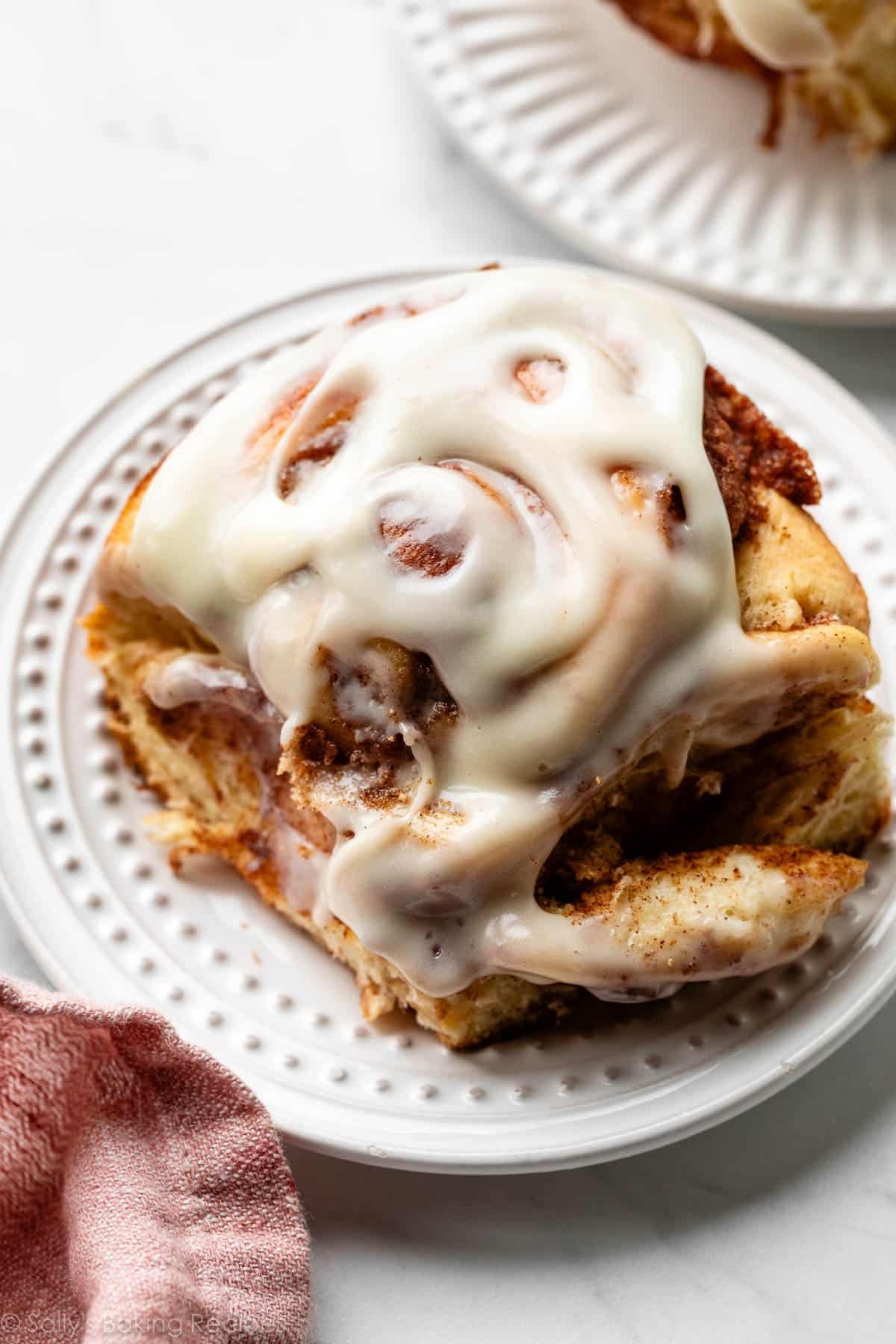

Are You A Yeast Beginner?
This Baking with Yeast Guide is a wonderful starting point for beginners. I answer many common yeast FAQs in easy-to-understand explanations, so you can learn the basics before beginning.
7 Crucial Ingredients in These Homemade Cinnamon Rolls
Feel free to skip straight to the recipe. But if you’re new to making bread, the following explanations are points that I’ve learned over the years and will be massively helpful.
- Whole milk: Whole milk is ideal for the richest tasting cinnamon rolls. Buttermilk works just as well without any changes to the recipe. Many readers have successfully substituted nondairy milks. In a pinch, you can use 2% or 1% milk, but do not use nonfat milk.
- Sugar: You need 2/3 cup of white granulated sugar in the dough. Use 2 Tablespoons in step 1 below (the proofing step), then add the rest in step 2.
- Yeast: You can use active dry or instant yeast. Follow the directions exactly as written regardless of which you choose. You’ll still proof the yeast in warm milk with some sugar even if you use instant yeast. This step ensures that the yeast is active and not expired. Most yeast these days is already active, but it’s a quick 5-10 minute step that prevents you from wasting your time just in case the yeast has expired. If using active dry yeast, the rise times will be a little longer. For the past 10+ years, my go-to brand has been Red Star Yeast. I always recommend Platinum Yeast from Red Star.
- Butter: This is a rich dough, meaning it has fat to help guarantee softness. Use 1/2 cup of softened butter and to help it blend easier, cut it into 4 pieces before adding.
- Eggs: Like butter, eggs promise a softer, richer dough.
- Salt: Dough is bland without salt.
- Flour: Flour is the structure of the dough. You can use either all-purpose flour or bread flour. You’ll notice the rolls are a little chewier if you use bread flour. It’s not a huge difference, so don’t worry if you only have all-purpose flour. (That’s what I usually use!)
Note: You’ll notice that I use more yeast in this recipe compared to my easy cinnamon rolls. Why? These are much fluffier and larger—about twice the size.
Step-by-Step Photos
Here’s what you’re looking for after you let the warm milk, some of the sugar, and yeast sit for about 5-10 minutes. The top will be a little foamy:
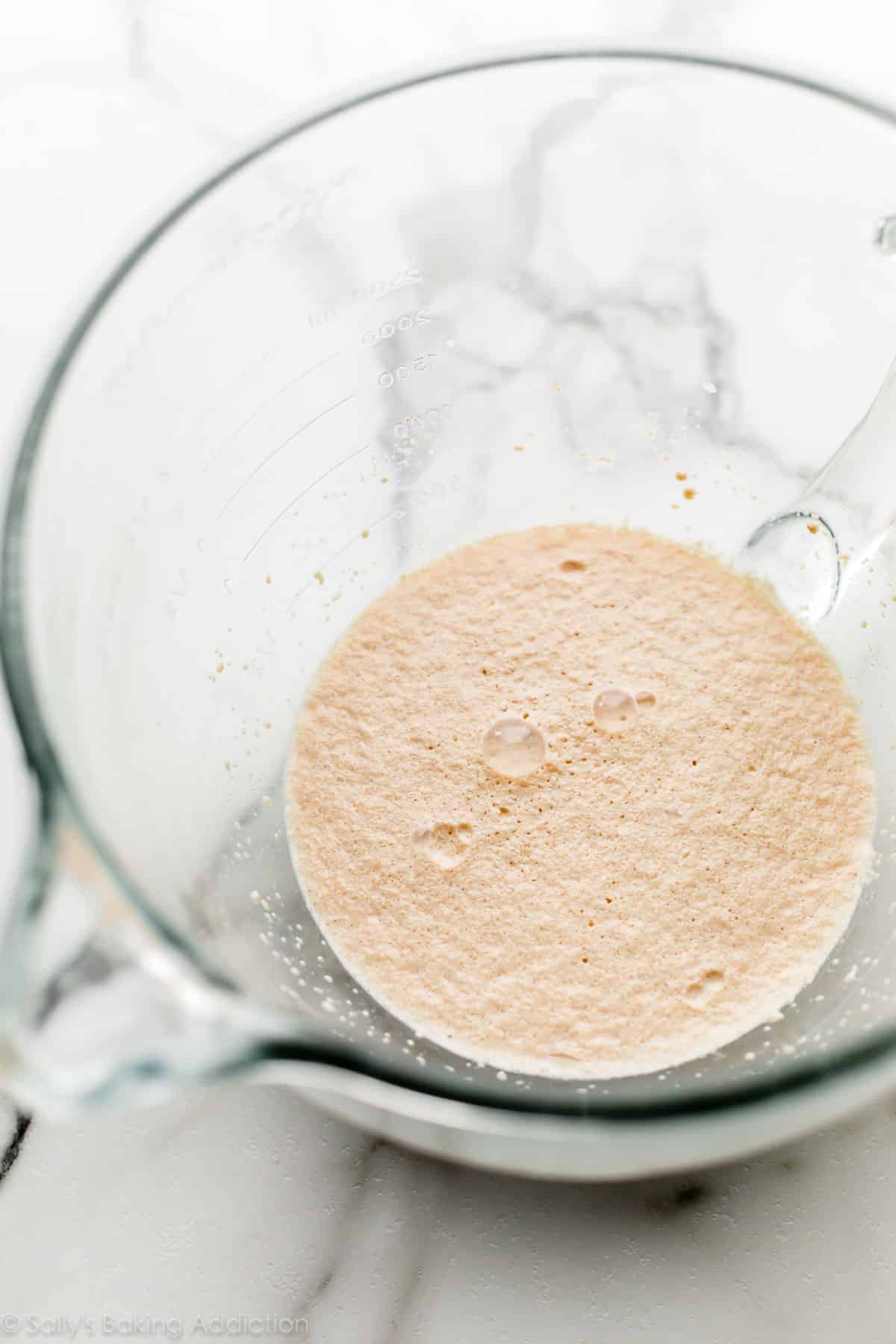
After the dough comes together, it will be a little soft and sticky—that’s normal. As explained in step 3 below, knead the dough on a floured counter or keep it in the mixer for kneading. If you’d like a visual of how to knead the dough by hand, you can watch the full video tutorial in my post on how to knead dough.
What If I Don’t Have a Stand Mixer? If you do not own a mixer, you can mix the dough together with a large wooden spoon/silicone spatula. It will take a bit of arm muscle. A hand mixer works, but the sticky dough repeatedly gets stuck in the beaters. Mixing by hand with a wooden spoon or silicone spatula is a better choice.
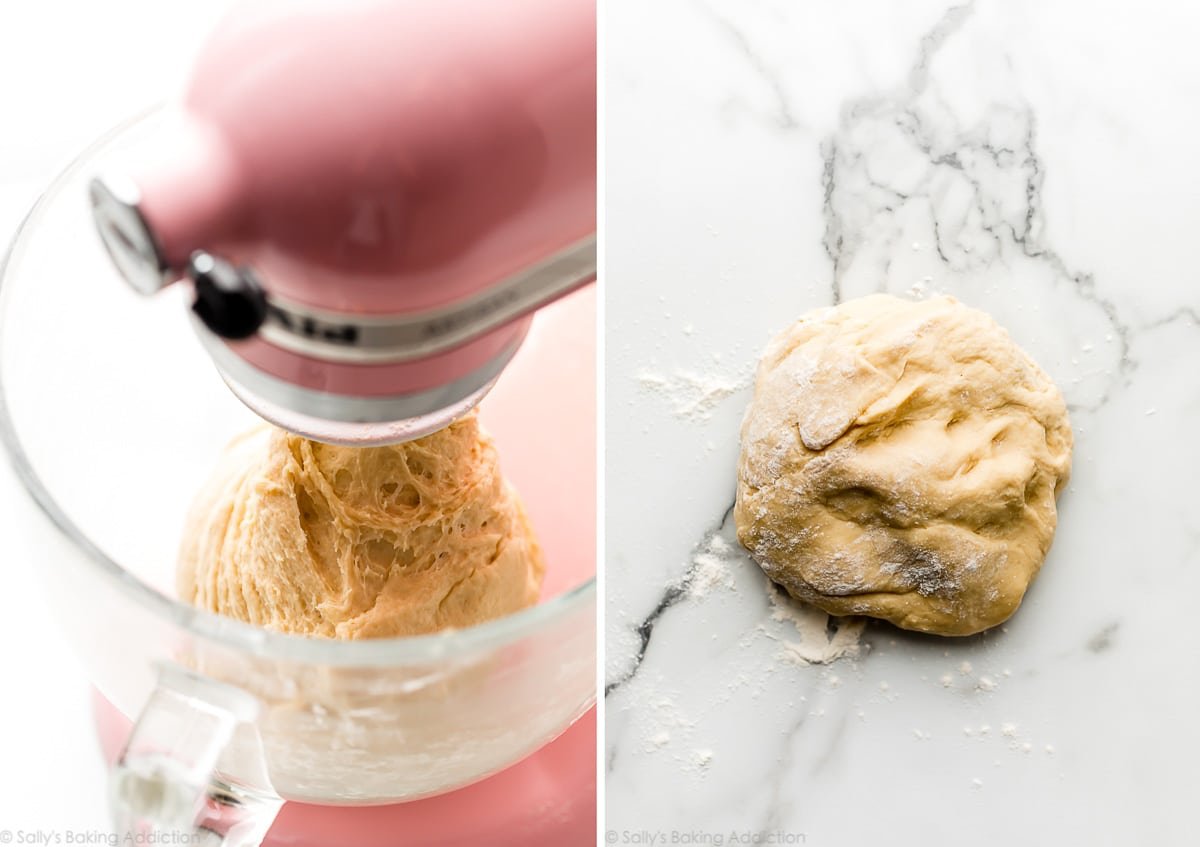
Let the dough rise until doubled in size:
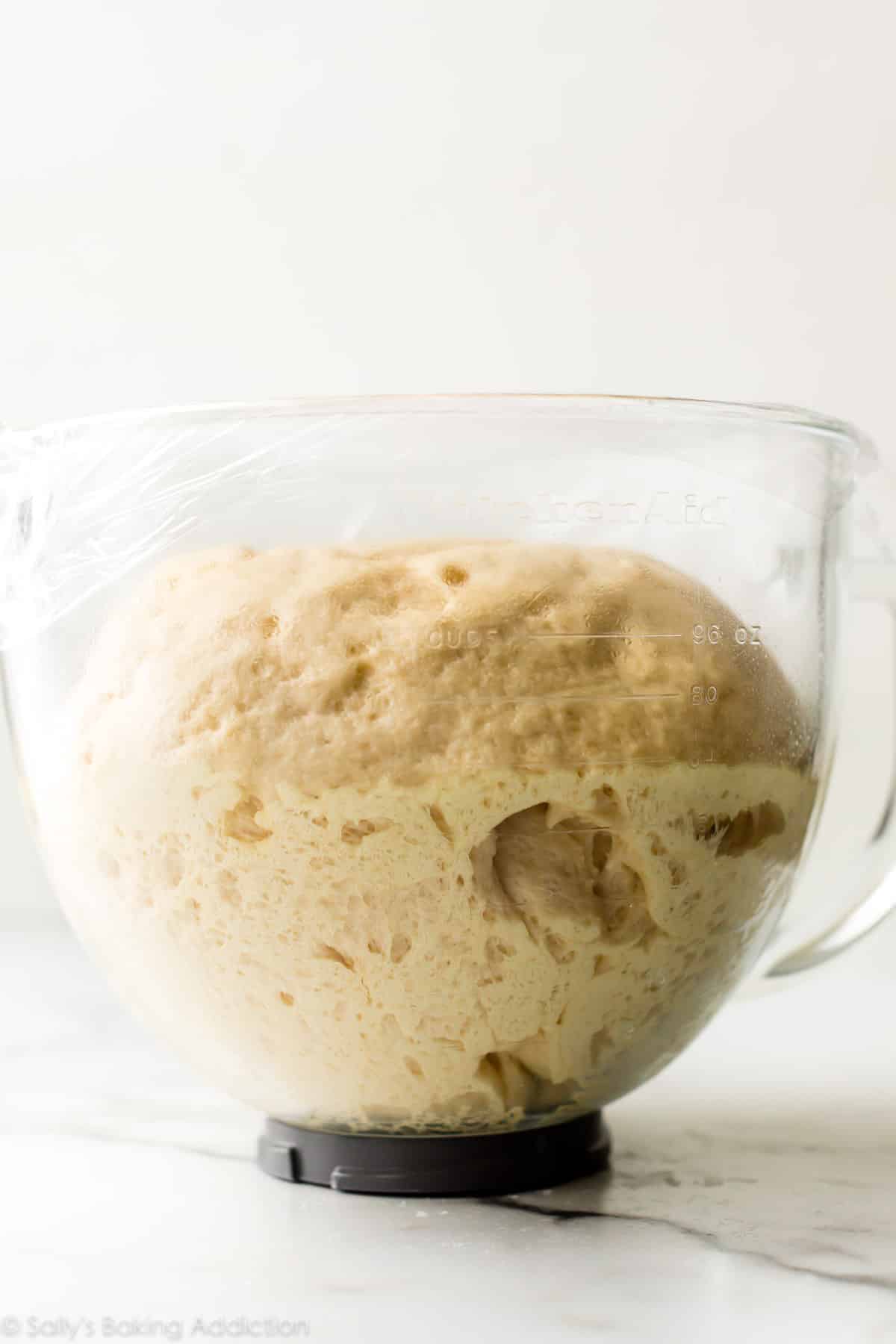
Punch the risen dough down and roll it out.
Baker’s Tip: If the dough keeps shrinking as you roll it out, stop what you’re doing, cover it lightly, and let it rest for 10 minutes to relax the gluten. When you return to the dough, it should stretch out much easier.
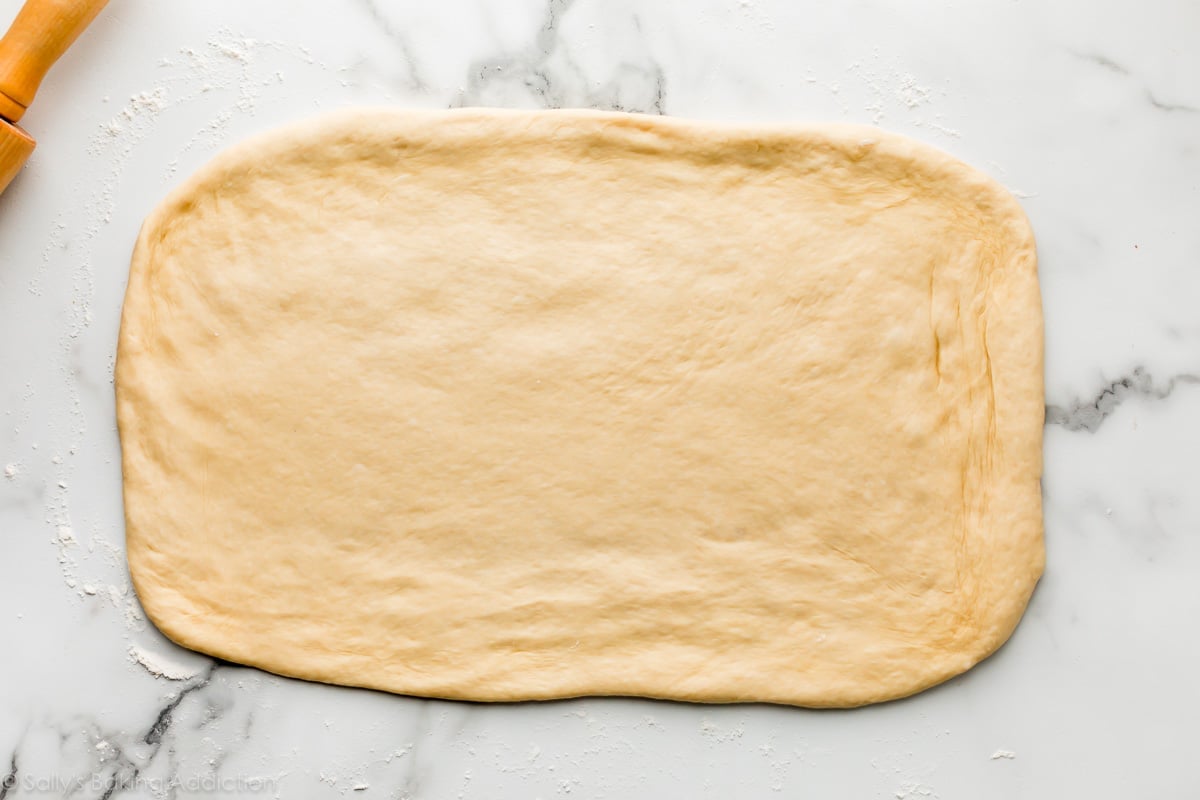
Spread softened butter on top, then sprinkle on a mixture of cinnamon and sugar (I use brown sugar, but you could use white granulated sugar if you prefer).
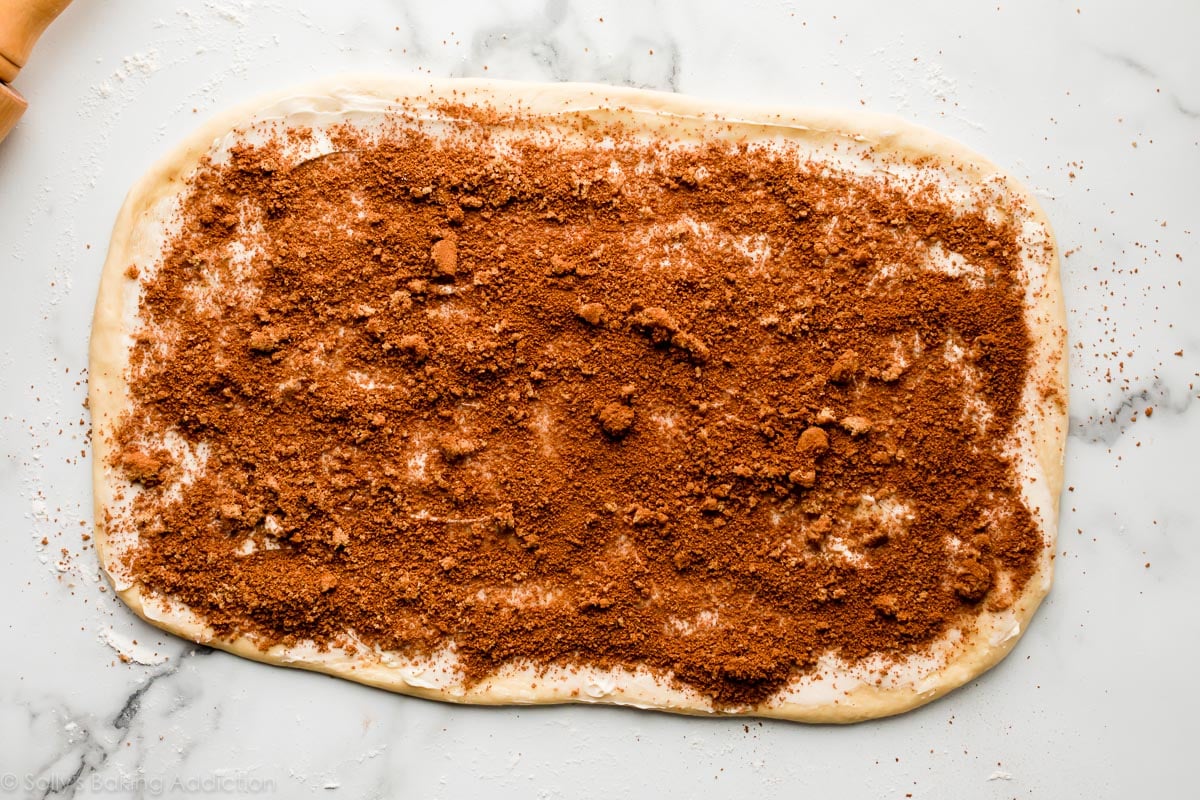
Roll it up:
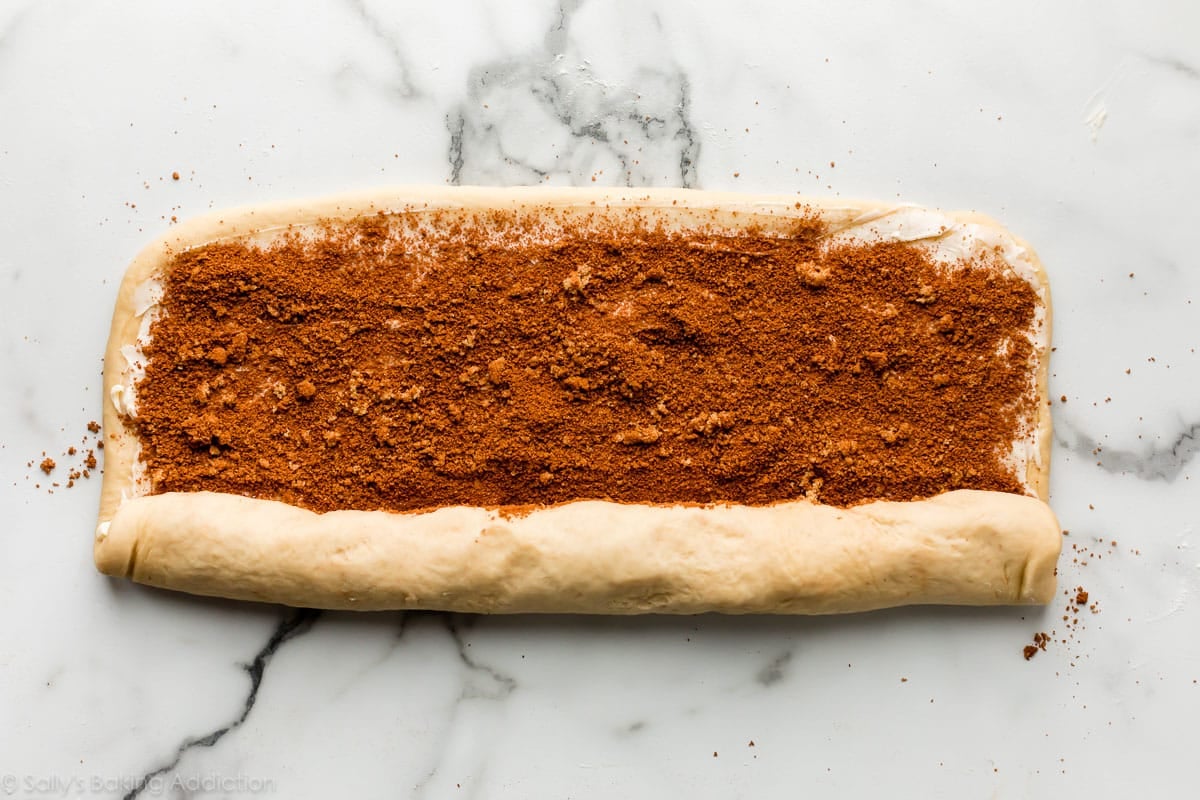
Use a very sharp knife to cut the roll into 12 rolls, each about 1.5 inches. Arrange in your greased baking pan, cover, then let the rolls rise until doubled in size and puffy, usually about 1 hour. The left photo is before rising and the right photo is after rising:
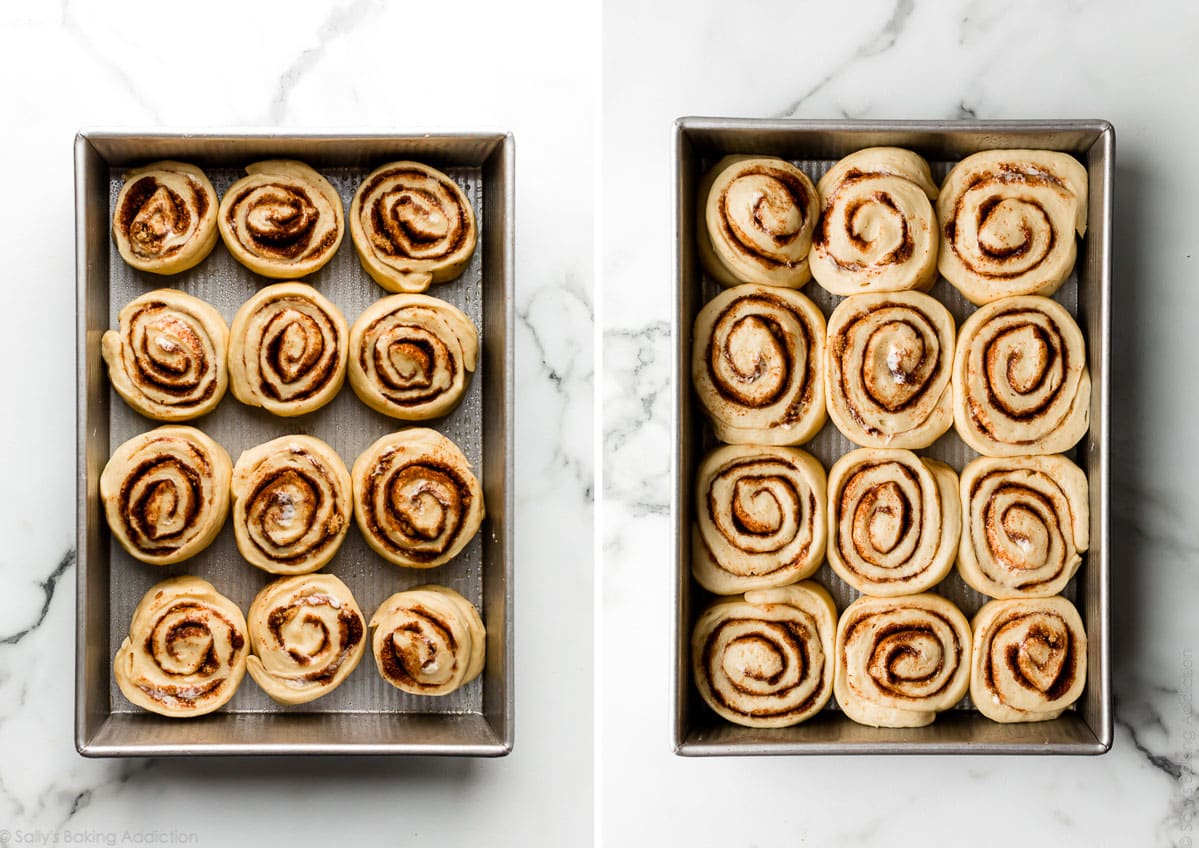
Bake the rolls and then make the tangy cream cheese icing to smother on top. If cream cheese isn’t your favorite, you could top the rolls with vanilla icing, the brown sugar icing from these pumpkin donuts, maple icing from maple cinnamon rolls, or even the caramel icing from apple cinnamon rolls. Lots of options!
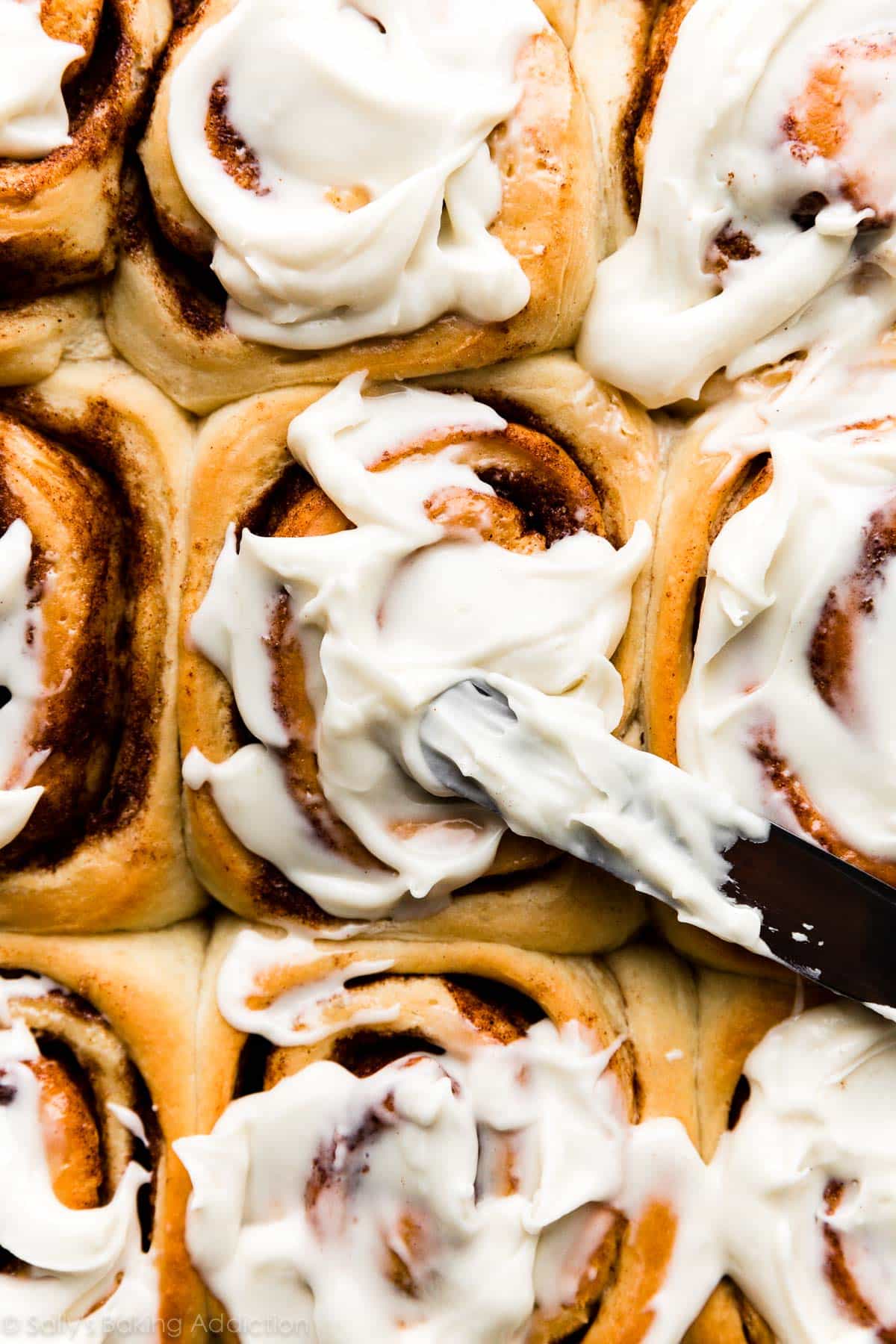
5 Success Tips
- Use brown sugar or granulated sugar in the filling: I used to use granulated sugar in the cinnamon sugar filling, but recently switched to brown sugar for extra flavor. Brown sugar doesn’t necessarily make the filling more moist—there’s also butter, so it’s moist and gooey either way. (I love the brown sugar filling so much I used it to create this cinnamon swirl cheesecake!) Use whichever sugar you prefer.
- Best pan to use: I recommend a 9×13-inch glass pan or metal pan. Avoid ceramic pans. If you must use ceramic, keep in mind that the rolls will likely take longer to bake through.
- Evenly baked cinnamon rolls: These are extra big and fluffy cinnamon rolls, so to help guarantee the centers AND tops cook evenly, tent a piece of aluminum foil over the rolls after about 15 minutes in the oven. This will protect the tops from browning too quickly before the centers can cook.
- Don’t have all morning to spend on this dough? Feel free to prep the dough the night before. This is a wonderful way to save time in the morning so you can wake up and eat sooner. See my make-ahead/overnight instructions in the written recipe below.

How to Freeze Homemade Cinnamon Rolls So They Still Taste Fresh
Let me share a tip I’ve learned after working with this dough for several years. You can prep the rolls and freeze them ahead of time so they still taste fresh.
- Here’s how: Bake the rolls in step 9 for only about 10 minutes. Cool completely, then cover and freeze. To serve, take the rolls out of the freezer and place in the refrigerator overnight to thaw. Once thawed, finish baking them for about 15-20 minutes.
I often use this method when I gift cinnamon rolls to others—just copy/paste or write these freezing instructions down. This method is also helpful if you have company over, want to cut down on time, or are entertaining. I like to make these cinnamon rolls ahead when I’m hosting holidays. For more inspiration to complete your menu, see my Easter brunch recipes and make-ahead Thanksgiving breakfast ideas.
Print
Homemade Overnight Cinnamon Rolls
- Prep Time: 3 hours, 30 minutes (includes rises)
- Cook Time: 25 minutes
- Total Time: 4 hours (or overnight)
- Yield: 12 rolls
- Category: Breakfast
- Method: Baking
- Cuisine: American
Description
This recipe yields a pan of buttery soft, gooey cinnamon sweet, and extra fluffy homemade cinnamon rolls topped with tangy cream cheese icing. You can make the cinnamon rolls within a few hours or get started the night before using the overnight preparation option. This recipe is also in my cookbook, Sally’s Baking 101.
Ingredients
Dough
- 1 cup (240ml) whole milk, warmed to about 110°F (43°C)
- 2/3 cup (133g) granulated sugar, divided
- 1 and 1/2 Tablespoons (14g) active dry or instant yeast (2 standard packets)*
- 1/2 cup (8 Tbsp; 113g) unsalted butter, softened to room temperature and cut into 4 pieces
- 4 and 1/2 cups (563g) all-purpose flour or bread flour (spooned & leveled), plus more as needed
- 2 large eggs, at room temperature
- 1/2 teaspoon salt
- 2 teaspoons oil or butter for the bowl (or use nonstick spray)
Filling
- 1/2 cup (8 Tbsp; 113g) unsalted butter, softened to room temperature
- 2/3 cup (133g) packed light or dark brown sugar
- 1 and 1/2 Tablespoons ground cinnamon
Cream Cheese Icing
- 4 ounces (113g) full-fat brick cream cheese, softened to room temperature
- 1 cup (120g) confectioners’ sugar
- 1 Tablespoon (15ml) heavy cream or milk
- 1/2 teaspoon pure vanilla extract
Instructions
- Prepare the dough: Whisk the warm milk, 2 Tablespoons of sugar, and the yeast together in the bowl of your stand mixer fitted with a dough hook or paddle attachment. Cover and allow mixture to sit for 5–10 minutes or until foamy on the surface. *If you do not own a mixer, you can do this in a large mixing bowl and in the next step, mix the dough together with a large wooden spoon/silicone spatula. It will take a bit of arm muscle. A hand mixer works, but the sticky dough repeatedly gets stuck in the beaters. Mixing by hand with a wooden spoon or silicone spatula is a better choice.*
- Add the remaining sugar and the butter and beat on medium speed until the butter is slightly broken up. Add about 1 cup (125g) of the flour, the eggs, and salt and beat on low speed for 30 seconds. Scrape down the sides of the bowl, then add the remaining flour. Beat on medium speed until the dough comes together and pulls away from the sides of the bowl, about 2 minutes. Dough will be soft. If it seems too sticky and clings to the sides of the bowl instead of forming a rough mass around the dough hook or spoon, add more flour, 1 Tablespoon at a time, and continue to mix until the dough pulls away from the sides of the bowl but is still moist and tacky. If it feels dry and crumbly, add more milk, 1 teaspoon at a time, mixing well after each addition.
- Knead the dough: Keep the dough in the mixer (and switch to the dough hook if you used the paddle) and beat on low speed for an additional 5 full minutes, or knead by hand on a lightly floured surface for 5 full minutes. (If you’re new to bread-baking, my How to Knead Dough video tutorial can help here.) If the dough becomes too sticky during the kneading process, sprinkle 1 teaspoon of flour at a time on the dough or on the work surface/in the bowl to make a soft, slightly tacky dough. Do not add more flour than you need because you do not want a dry dough. After kneading, the dough should feel smooth, supple, and elastic. Poke it with your finger—if it slowly bounces back, your dough is ready to rise. You can also do a “windowpane test” to see if your dough has been kneaded long enough: tear off a small (roughly golfball-size) piece of dough and gently stretch it out until it’s thin enough for light to pass through it. Hold it up to a window or light. Does light pass through the stretched dough without the dough tearing first? If so, your dough has been kneaded long enough and is ready to rise. If not, keep kneading until it passes the windowpane test.
- 1st Rise: Lightly grease a large bowl with oil or butter (or use nonstick spray). Place the dough in the bowl, turning it to coat all sides in the oil. Cover the bowl with plastic wrap or a clean kitchen towel. Allow the dough to rise at room temperature for 1 and 1/2 to 2 hours or until doubled in size. (I always let it rise on the counter and it takes about 2 hours. For a tiny reduction in rise time, see my answer to Where Should Dough Rise? in my Baking with Yeast Guide.)
- Grease the bottom and sides of a 9×13-inch baking dish (glass or metal) or line it with parchment paper.
- Roll out the dough: Punch down the dough to release the air. Place dough on a lightly floured work surface and using a lightly floured rolling pin, roll dough into a 12×18-inch rectangle. Make sure the dough is smooth and evenly thick. If the dough keeps shrinking as you roll it out, stop what you’re doing, cover it lightly, and let it rest for 10 minutes to relax the gluten. When you return to the dough, it should stretch out much easier.
- For the filling: Spread the softened butter all over the dough. The softer the butter is, the easier it is to spread in this step. (Microwave it for a few seconds to soften if needed.) In a small bowl, mix the brown sugar and cinnamon together. Sprinkle evenly over the butter. Tightly roll up the dough to form an 18-inch-long log. If some filling spills out, sprinkle it on top of the roll. With an extra-sharp knife, cut into 12 even rolls, about 1.5 inches thick. Arrange in the prepared baking pan.
- 2nd Rise: Cover the pan and allow the rolls to rise until puffy, about 1 hour. (Or use the overnight option in the Notes below.)
- Preheat the oven to 350°F (177°C).
- Bake for about 25–28 minutes or until they are lightly browned on top, rotating the pan halfway through. If the tops are browning too quickly, loosely tent a piece of aluminum foil over the top of the pan. Remove pan from the oven and place pan on a cooling rack for about 10 minutes while you make the icing.
- Make the icing: In a large bowl using a handheld or stand mixer fitted with a paddle or whisk attachment, beat the cream cheese on medium speed until smooth and creamy. Add the confectioners’ sugar, cream/milk, and vanilla. Beat on low speed for 30 seconds, then increase to high speed and beat for 1 minute. Spread the icing over the warm rolls and serve immediately.
- Cover leftover frosted or unfrosted rolls tightly and store at room temperature for up to 2 days or in the refrigerator for up to 5 days.
Notes
- Make Ahead Instructions – Overnight: To prepare the night before serving, prepare the rolls through step 7. Cover the rolls and refrigerate for 8–12 hours. (16 hours max. 8–12 hours is best, but 16 hours is OK if absolutely needed. Do not exceed 16 hours.) The next morning, remove from the refrigerator, keep covered, and allow to rise for 1–2 hours at room temperature before continuing with step 9.
- Make Ahead Instructions – Freezing: You can freeze cinnamon rolls for up to 3 months, and I recommend a few different methods for freezing cinnamon rolls. The first method is to freeze them after shaping, before they’ve had their 2nd rise (step 7). Thaw in the refrigerator overnight, then let rise for 1.5–2 hours at room temperature before baking. The second method is to par-bake the risen rolls for 10 minutes, let cool completely, then cover and freeze. Thaw in the refrigerator overnight, then let sit at room temperature for 30 minutes before baking. Finish baking for 15–20 minutes. You can also freeze fully baked cinnamon rolls. See How to Freeze Cinnamon Rolls for more details about all of these methods.
- Special Tools (affiliate links): Stand Mixer or Large Glass Mixing Bowl with Silicone Spatula or Wooden Spoon | Rolling Pin | 9×13-inch Glass Baking Pan or Metal Baking Pan | Cooling Rack
- Milk: I recommend using whole milk for the best, richest-tasting dough. You could also use buttermilk. Reduced-fat, low-fat, or nondairy milk works in a pinch. Do not use nonfat milk.
- Yeast: You can use active dry or instant yeast in this recipe. Follow all of the same instructions. If using active dry yeast, the rise times are usually slightly longer. Reference my Baking with Yeast Guide for answers to common yeast FAQs.
- Other Icing Options: Instead of cream cheese icing, you can top the warm rolls with vanilla icing, the brown sugar icing from these pumpkin donuts, maple icing from maple cinnamon rolls, or even the caramel icing from apple cinnamon rolls.
- Gluten Free: We have not tested this recipe with gluten-free flour, so we are unsure of the results.



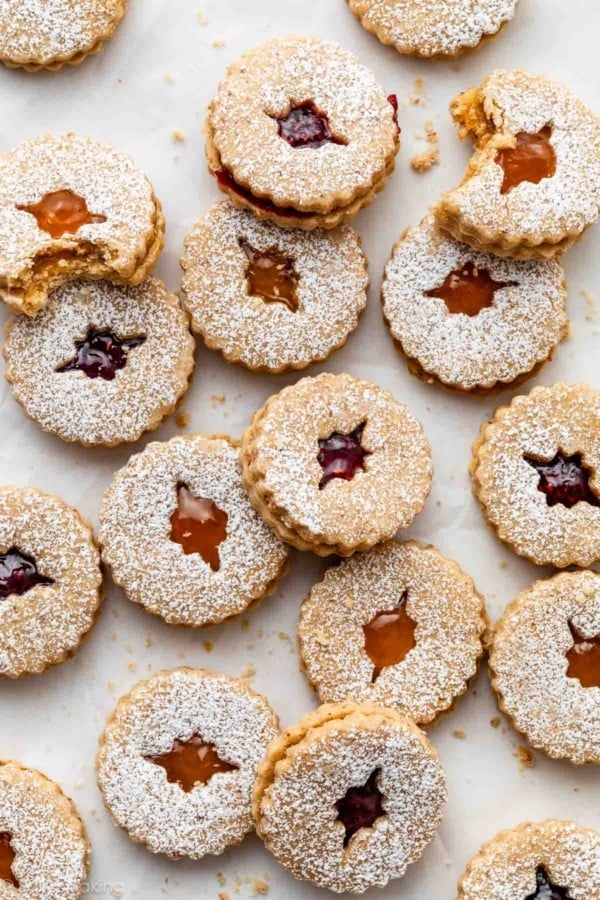
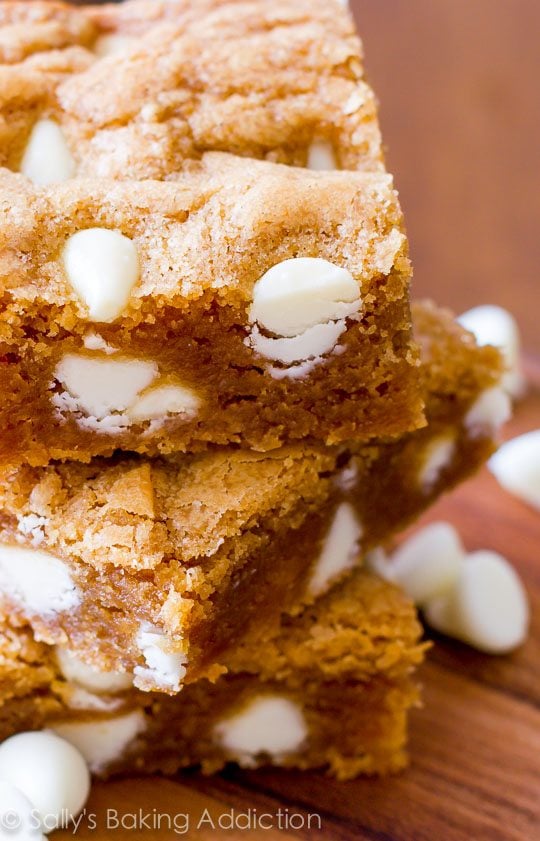
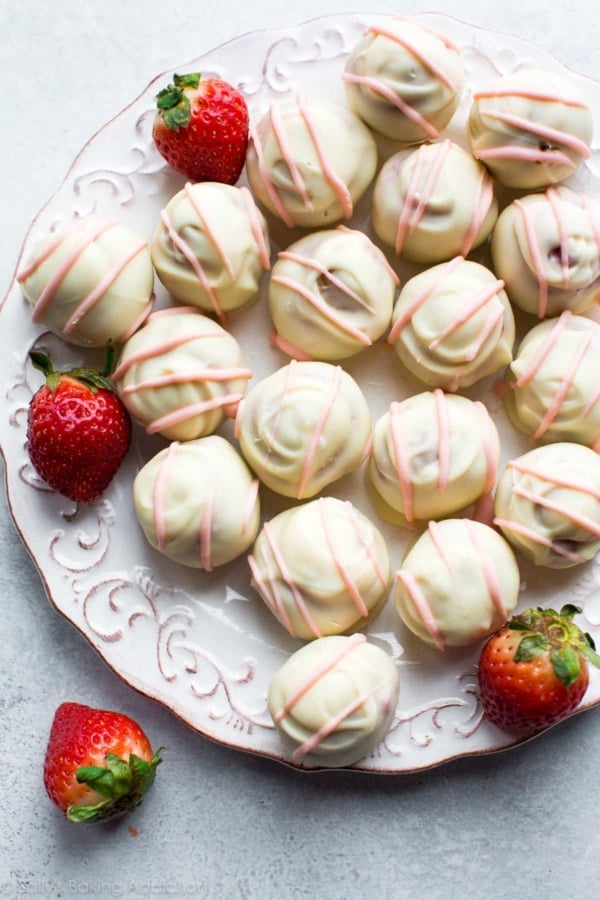











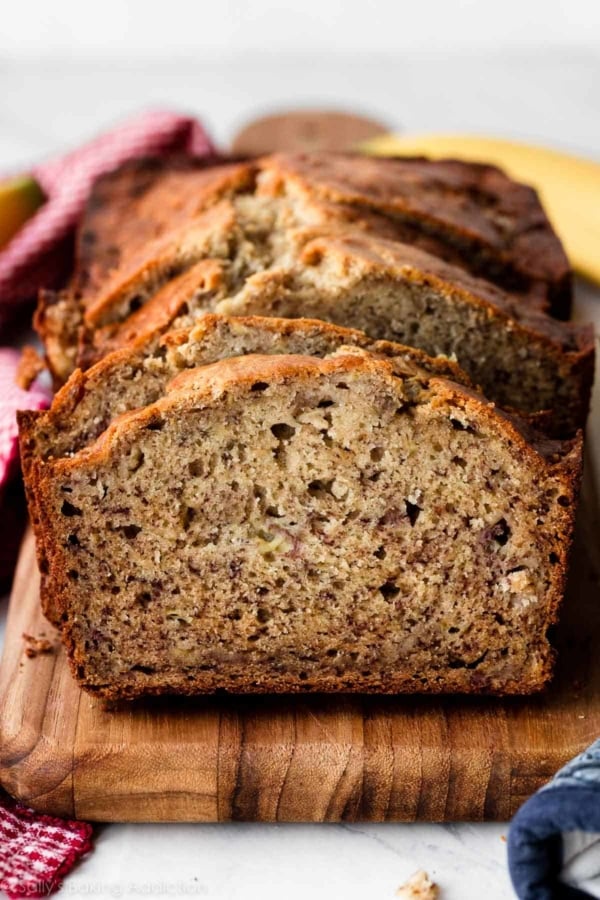

Reader Comments and Reviews
If I wanted to double this recipe, would I need to make the dough in two separate batches? Made this multiple times and it’s always turned out great, thanks!!
Hi Raina! Yes, we do recommend making two separate batches of dough instead of doubling.
Good morning is it possible to cut this smaller to make mini cinnamon rolls and then proceed with overnight instructions
Hi Jeanette, We haven’t tried making these into smaller/mini rolls but might start by shaping the dough into two 6×18 inch rectangles and try rolling them that way. You won’t get as much of the filling in each roll, though. You’ll need a larger (or multiple) baking dishes to accommodate the smaller but higher amount of rolls. We’d love to know how they turn out!
I’ve done this before by making 2 6’’ x 18’’ rectangles during the shaping phase and cutting each into 12 rolls!! It makes 24 smaller rolls that still fit in a 9×13 pan. Just make sure to bake it closer to the minimum amount of time!
I would love to try these, but my daughter has Celaic disease and must eat gluten free. Will the recipe work with the 1:1 gluten free flour?
Hi Kathryn, we haven’t tried a gluten free version of these cinnamon rolls, but some readers have had success using Cup4Cup or other 1:1 gluten free flours in our recipes. Let us know if you give anything a try!
In the dough the ml and g information seems incorrect, it shows a different ratio on milk vs flour.
In the g option the flour would be only ca 2x of milk, versus in the ‘cup’ it is 4x more.
Which should I follow “g” or cup?
Hi Anna, milk weights more per cup than flour – the weights are always the most accurate way to measure!
Any ideas for an egg substitute? My child has an egg allergy and I would love to try this recipe!
Hi Rachel, we haven’t tested this recipe with any egg substitutes, so we’re unsure what might work best. Let us know if you do any experimenting.
This is a great recipe. I always favor Sally recipes because they are a little more complex than others at the top of my search and turn out great every time. I couldn’t finish this one because of the mass of Amazon add that wouldn’t let me scroll and was too big to close. I reloaded three times and got stuck on this ad every time.
Hi Zach, thank you for the kind comment. We’re aware that the intrusive Amazon pop-up ad has unfortunately reappeared, and we’re so sorry about the frustration this causes. Despite multiple safeguards in place, it sometimes slips through under different labels, which makes it harder to catch until it appears live on the site. We flagged it with our ad network first thing this morning and have requested another block, so hopefully it’s resolved again shortly. We truly appreciate your patience; this has been frustrating for us as well, and we’re continuing to stay on top of it!
Love these cinnamon rolls. I plan on making them for a work breakfast. Is there a way to make 24 smaller rolls instead of 12 large rolls?
Hi Sarah! We haven’t tried making these into smaller/mini rolls but might start by shaping the dough into two 6×18 inch rectangles and try rolling them that way. You won’t get as much of the filling in each roll, though. You’ll need a larger (or multiple) baking dishes to accommodate the smaller but higher amount of rolls. We’d love to know how they turn out!
Hi, Sally! Thank you for the wonderful recipe! Cinnamon roll turned out to be very lush, soft and tasty! We ate them without glaze, and dough turned out to be not quite sweet, that is, when you try a bun without filling, the dough doesn’t seem very sweet. That’s how it should be? Thank you!
Hi Kristina! That’s right, the dough balances with the filling and the glaze. Glad you enjoyed them.
Hi! Could the sugar in this recipe be substituted with monkfruit or stevia and still turn out the same?
Hi Robin, We’d love to help but we are not trained in baking with sugar substitutes. For best taste and texture (and so you don’t waste your time trying to adapt this recipe since it may not work properly), it may be more useful to find a recipe that is specifically formulated for sugar substitutes. Thank you!
Can you halve this recipe?
Hi Sarah, this recipe could be halved. For best results and ease, however, we would recommend making the full batch and freezing the leftovers. See recipe notes for details. Or try our Easy Cinnamon Rolls recipe that makes a smaller batch. Happy baking!
Hi Sally + team!
If I were to bake and ice these today and give to a friend, what should I pass along for reheating instructions? Not sure of oven temps/times since they will already have icing on them. Thank you!!
Hi WL, they can reheat in the oven at 350F until warmed to their liking. Hope they’re a hit!
Hi there! Is it possible for the buns to spend less time in the fridge in the overnight method (i.e., 4 hours, 2 hours, etc) if we still do the full 1-2 hours for the second rise? Or is there something important about the 8-12 hour timeframe? Thanks so much!!
Hi Shelby! Yes, as long as you get a full second rise, you can leave the dough for a shorter amount of time in the fridge.
SUCH a good recipe. Best cinnamon rolls (and icing) I’ve ever made. Hands down.
I love this recipe! However my rolls turn dry the next day. I store them in an air-tight container. Any tips for keeping them moist longer?
Hi Erin, we’re happy to help troubleshoot. How did you measure your flour? Be sure to spoon and level (or use a kitchen scale) to ensure the flour isn’t overmeasured, which can cause the rolls to dry out. It sounds like your dough may have been over-proofed too, which can cause the final rolls to taste a bit dry/dense. Both easy fixes should you wish to try this recipe again!
Worked great making the dough in my bread maker. I used 3 “knead” cycles until the dough felt right.
Fantastic recipe! Thank you!
I’m much more of a night baker than a morning baker, so I wanted to share my method that requires just popping in the oven and frosting in the morning: I make the entire rolls recipe and bake for 15 minutes 1-2 nights before. I also make the frosting. I store the partly-baked rolls and frosting separately, covered tightly in the fridge. In the morning, I bake the rolls another 30 minutes, then heat up the frosting a bit in the microwave and spread over the rolls. BOOM instant cinnamon rolls! 🙂
The flavour is really good and the rolls are nice and gooey not dense at all
These sound delicious! I can’t wait to make them. My son has major food allergies, so I will have to use almond milk and egg replacer. Do you think these will still turn out?
Hi Heather, we haven’t tested this recipe with an egg replacer, but let us know if you give it a try! Almond milk will work, but the rolls may not taste quite as rich as they do with whole milk. Hope they turn out great!
Absolutely LOVED this recipe. I’ve only ever made pizza dough before with my dough hook on my stand mixer, so this was fun to try. I accidentally only cut 11 rolls, but it turned out just fine, I was able to fit all of them in a 9×13 glass dish to bake. The frosting I did switch out for your vanilla buttercream recipe, and that worked really well!